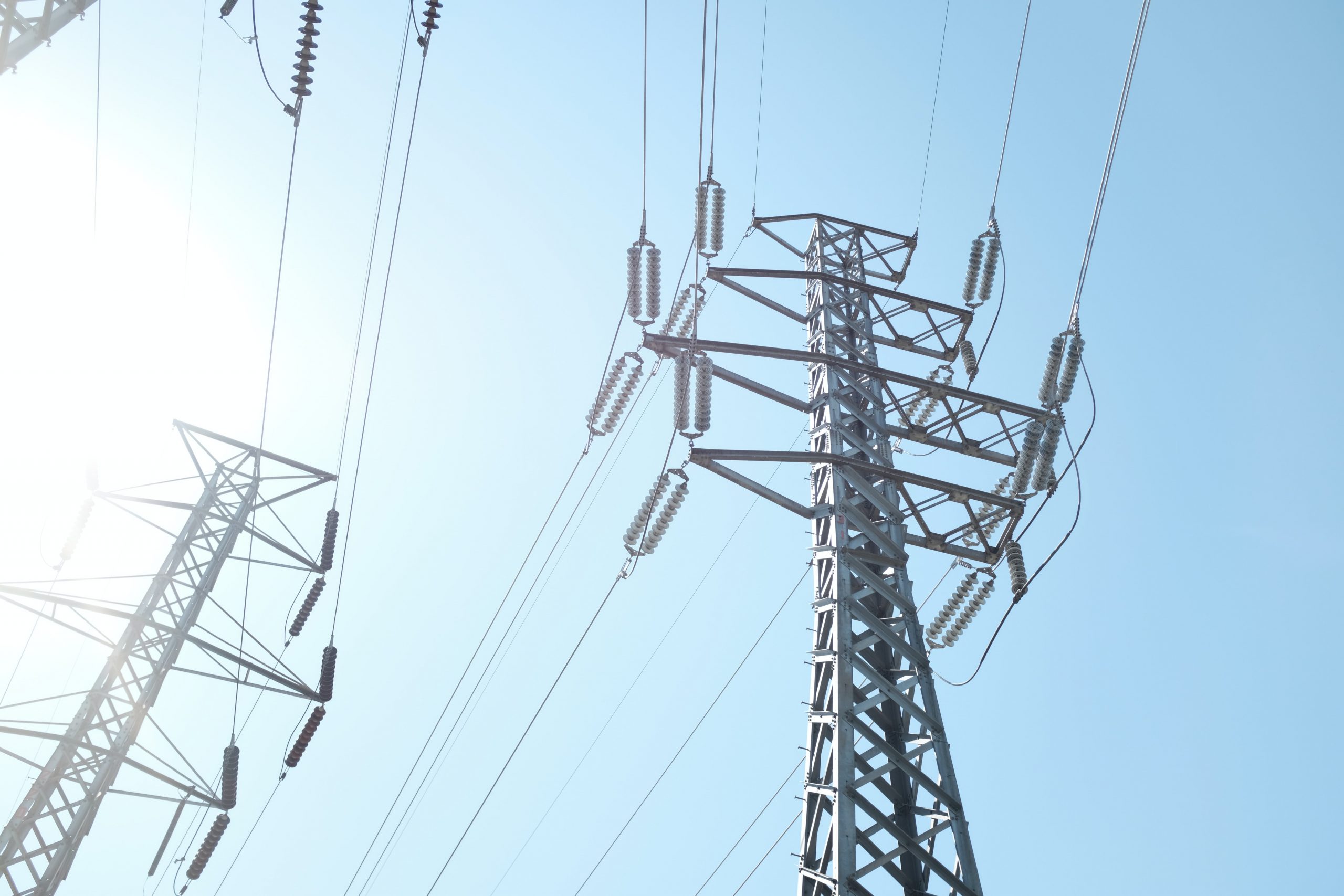02/01/2022
Over the past decade, a number of high-profile events involving utility infrastructure has brought national attention to the utilities industry and a growing concern for its assets – our country’s infrastructure is aging. These events have been varied across the industry, including water boil orders, gas shortages impacting power generation, and inadequate equipment for temperature snaps, which are occurring at a time when the utilities industry is facing economic pressure from suppliers and increasing demand from customers. Modernization has become a key investment priority to maintain safety and reduce the risk of reoccurring issues. Most recently, the U.S. Congress passed a one trillion-dollar bill that includes $550 billion of funding for investment in our roads, bridges, rail transit, safe water, power grid, broadband internet, and more.
The future holds promise for infrastructure projects that will make actionable change but updating decades old infrastructure can sound like a daunting task with ripple effects across the enterprise – impacting equipment, technology, business processes, and people. Here are some areas to consider as you think about your initial steps.
Repair, Replace in Kind, or Upgrade?
It is tempting to start right away and update portions of the infrastructure that are failing the most often and most spectacularly. However, doing so prematurely could be a waste of time and resources. For the natural gas industry alone, considering the average 5,600 miles of gas mains replaced each year over a recent decade, it would take another 230 years to complete a replacement of every pipe.
It is imperative that you start by defining your strategy for determining what will be repaired, replaced, or upgraded. The type of equipment, age, location, and system history are some examples of factors to consider. These strategic conversations must include team members from all the impacted areas – industry subject matter experts, business operations, compliance, operational technology, information technology, architecture, data, security, and networking teams – to name a few.
As you define your strategy, consider these areas of impact:
- Business Operations – How will these infrastructure changes affect your business processes?
- Compliance – When changing your infrastructure, are you introducing new compliance requirements that must be considered? Are there any regulations being introduced in the near future that can be addressed concurrently with the effort?
- Technology – Will you need new systems to support and maintain new equipment and infrastructure?
- Security – How will smart technology impact your physical security and cybersecurity posture?
- Data – Are you able to capture data from your existing infrastructure to let data drive your prioritization of repairs, replacements, and upgrades?
- Network – Do you have the network designed to accommodate the new traffic patterns, bandwidth, and encryption requirements of the data to be consumed in the future?
- Skills – Do you have tribal knowledge that only your experienced Subject Matter Experts know about? Do you have the skills needed to support the upgraded smart infrastructure?



